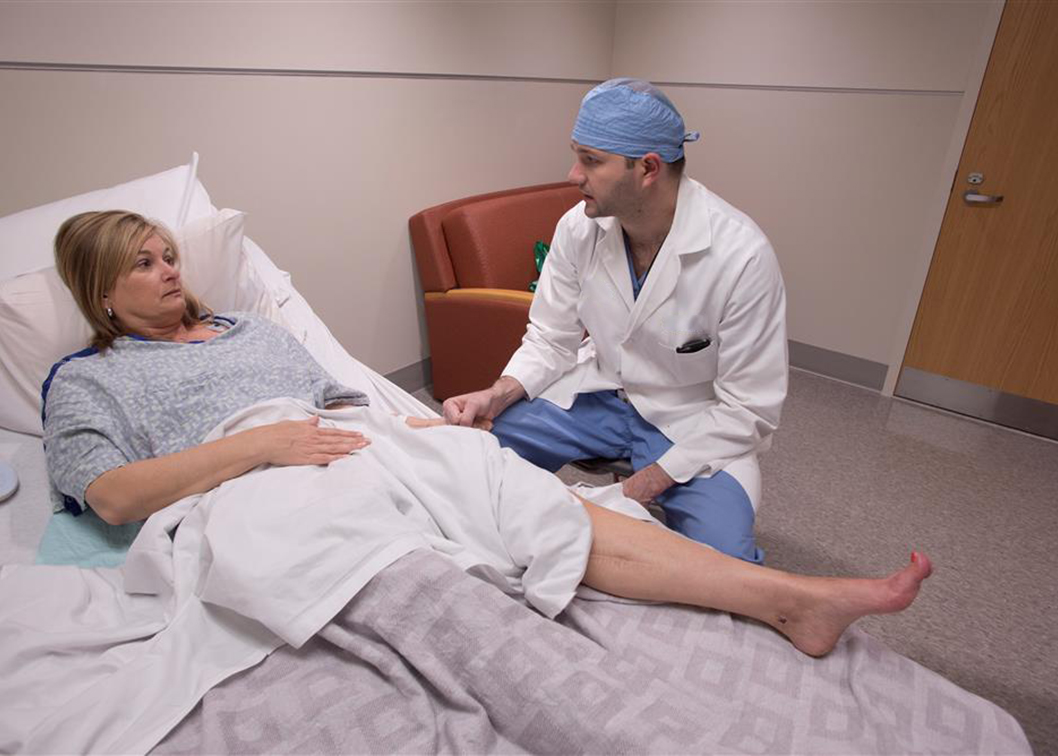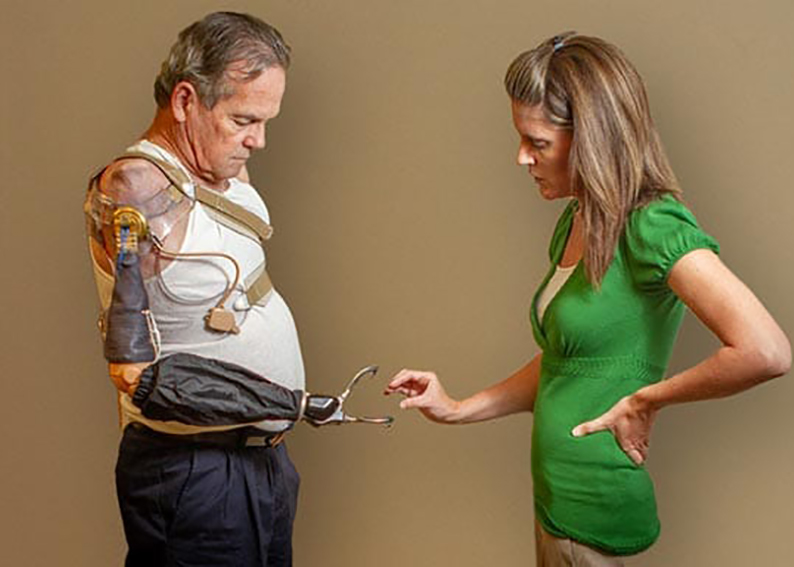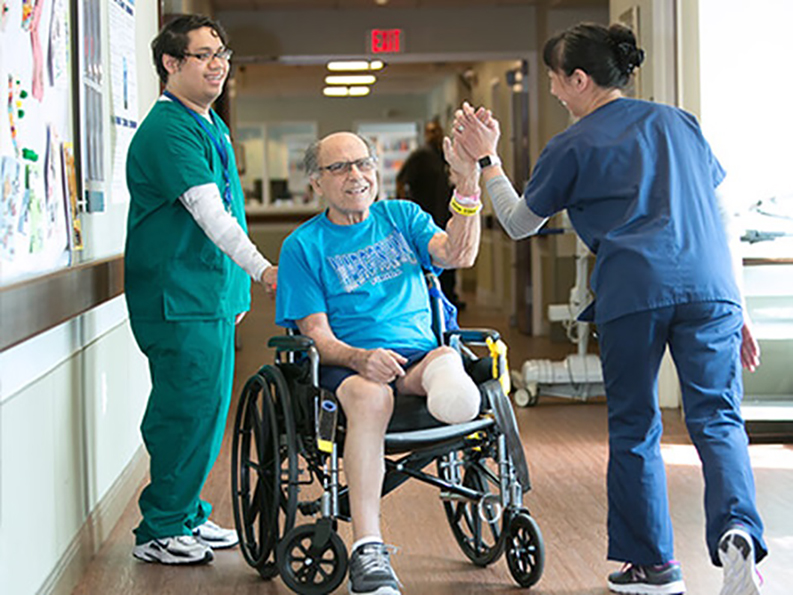News Center |

According to the Clinical Diagnosis and Treatment Guide - Physical Medicine and Rehabilitation Volume, the initial rehabilitation assessment was carried out within 3 days after admission, and the interim assessment was carried out between 4 and 15 days after hospitalization according to the functional changes, and the final assessment was carried out before discharge. The assessment includes:
1. Assessment of general condition;
2. Assessment of stump: skin condition, stump malformation, stump length and circumference, stump shape, stump neuroma;
3. Assessment of stump pain;
4. Assessment of sensory function;
5. Muscle strength assessment;
6. Assessment of range of motion;
7. Balance function evaluation;
8. Gait analysis (applicable to lower limb amputees after wearing prosthetics);
9. Assessment after wearing temporary prosthesis (applicable to wearing temporary prosthesis);
10. Assessment after wearing formal prosthesis (applicable to wearing formal prosthesis);
11. Assessment of daily living activities and participation assessment.

Treatment options
(1) Posture placement
(2) Physical factor therapy
(3) Exercise therapy
(4) Occupational therapy
(5) Training after the installation of the (temporary or formal) prosthesis
(6) Rehabilitation nursing
(7) Psychological rehabilitation
(8) Management of complications
The standard length of stay is 14-21 days. Criteria for entry to clinical pathway:
1. The first diagnosis must be consistent with the definite diagnosis of orthopedics after limb amputation.
2. The condition is stable and needs rehabilitation treatment.
3. Patients can enter the pathway when they also have other disease diagnoses, but do not require special treatment during hospitalization and do not affect the implementation of the clinical pathway process of the first diagnosis.

Rehabilitation treatment
(1) Postoperative residual treatment: such as elastic bandage dressing, reasonable placement of residual limbs, etc
(2) Physical factor therapy
(3) Exercise therapy
(4) Occupational therapy
(5) Training after the installation of the (temporary or formal) prosthesis
(6) Rehabilitation nursing
(7) Psychological rehabilitation
(8) Treatment of complications: such as residual skin ulceration, residual joint contracture, residual pain, etc.

Discharge criteria:
1. The clinical condition is stable.
2. The function of residual limb gradually recovered well, and the method of safe movement of affected limb was understood and mastered.
Variation and cause analysis:
1. If the first diagnosis is affected by other serious diseases, exit the path.
2. Poor healing of stump incision, articular contracture, myositis ossificans or other serious complications during hospitalization need further diagnosis and treatment or transfer treatment, and need to exit the path.
3. The combination of previous systemic diseases may lead to the aggravation of previous diseases and the need for treatment, resulting in prolonged hospitalization and increased hospitalization costs.
USA YOBAND prosthetic innovation technology is shared, focusing on financial and material resources, focusing on and producing its own research and development, giving full play to its unique core competitive advantages, and fully integrating global resources with international peers for the benefit of disabled friends! So when selecting a prosthetic company, the amputee who installs prosthetic limbs must investigate on the spot to determine whether the prosthetic company really has a technical team to make a prosthetic receptor cavity. The qualified prosthetic receptor cavity plays a key role in their own comfortable experience and prosthetic walking gait.
Copyright © 2015 USA-YOBAND. All Rights Reserved 沪ICP备09003269号